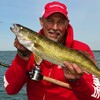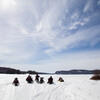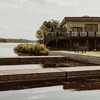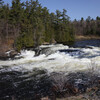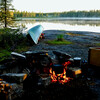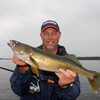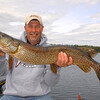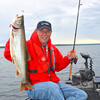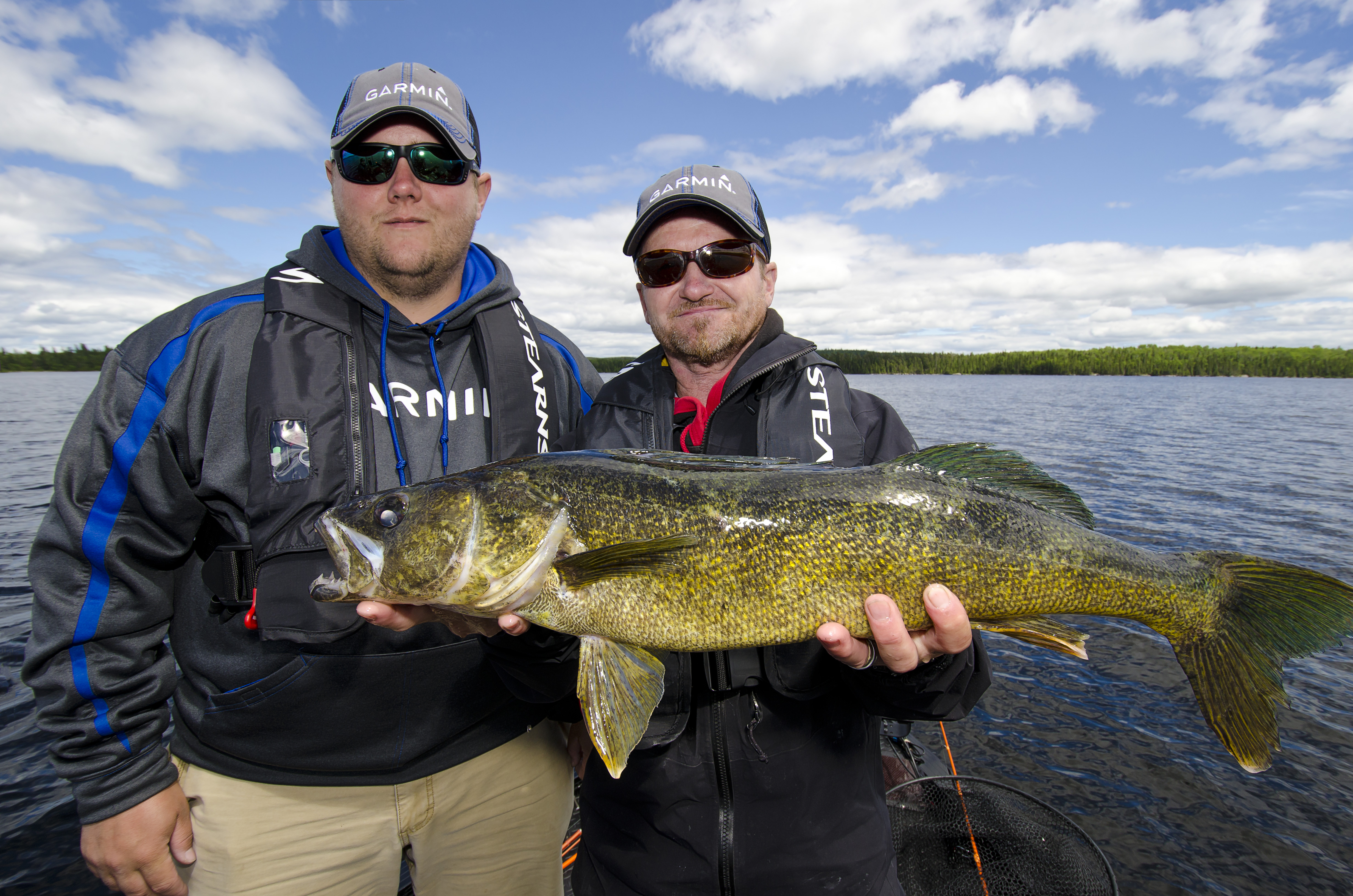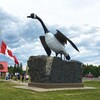
Pike and the Dead Bait Connection
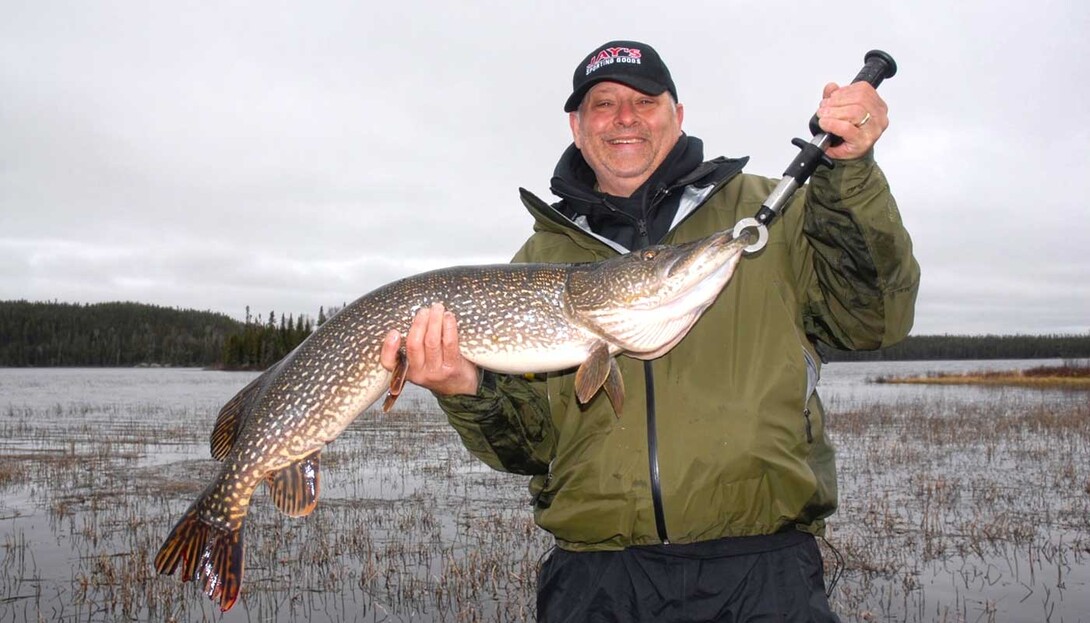
Ask most anglers, and they’ll admit that typically live bait produces better fishing results than artificial lures. It’s a foregone conclusion among anglers who target both popular and aggressive species that live bait is the Holy Grail of fishing more days than not.
So, if live bait is that good, is there a time and place when dead bait rules? Surprisingly, the answer is a resounding yes. Dead bait works so well on one particular species that even live bait and the best artificial lures can’t compete. Sound too good to be true? Read on.
Northern pike are a popular species found throughout Ontario’s Algoma Country. This species has earned a reputation for being aggressive. Pike are also a species of fish that literally chase down lures or live baits and attack them like a wolf on the prowl. To say that pike are high-energy predators is an understatement, but this unique species also scavenges food more often than you might realize.
The highly aggressive nature of pike during the open water periods of the year suggests that these fish are predators first and foremost. That’s true to a degree, but there are times when dead bait will produce more strikes from pike than artificial lures or even a bucket full of frisky live minnows.
Why Would An Aggressive Predator Scavenge?
The first question to consider is: why would a fish that obviously has superior hunting skills scavenge dead and decaying fish off the bottom? The answer is as simple as the fact that all predators hunt for food, but they are also opportunistic.
Pike are frequently described as the “water wolf” because of their voracious feeding habits. Wolves are the ultimate land predators, but these animals never hesitate to take advantage of an easy meal. Wolves and other canines scavenge frequently, even going so far as to bury extra food that they intend to seek out and eat at a later date. Pike don’t bury meals for a snack down the road, but they do take advantage of carrion when the opportunity presents itself.
A scavenged meal represents a protein that can be enjoyed without burning many calories to achieve the food value. In the pike’s world, an easy meal of carrion can and often does spell out survival.
When Does Dead Bait Work Best?
Dead baits can be used to catch northern pike at any time of year, but the lure of an easy meal is especially attractive in late winter and at ice-out when food is at a premium. Food is harder to come by in late winter because a full year of predation, disease and other natural forms of attrition has taken its toll on baitfish numbers. As a result, pike are forced to hunt harder for every meal in late winter.
Another contributing factor is that in late winter oxygen levels are lower, due to natural decomposition and the lack of wave action to oxygenate the water. At the same time, water temperatures at this time of the year are exceptionally cold, and pike are somewhat more lethargic than at other times of the year. All this adds up to dead bait becoming irresistible to hungry and stressed pike.
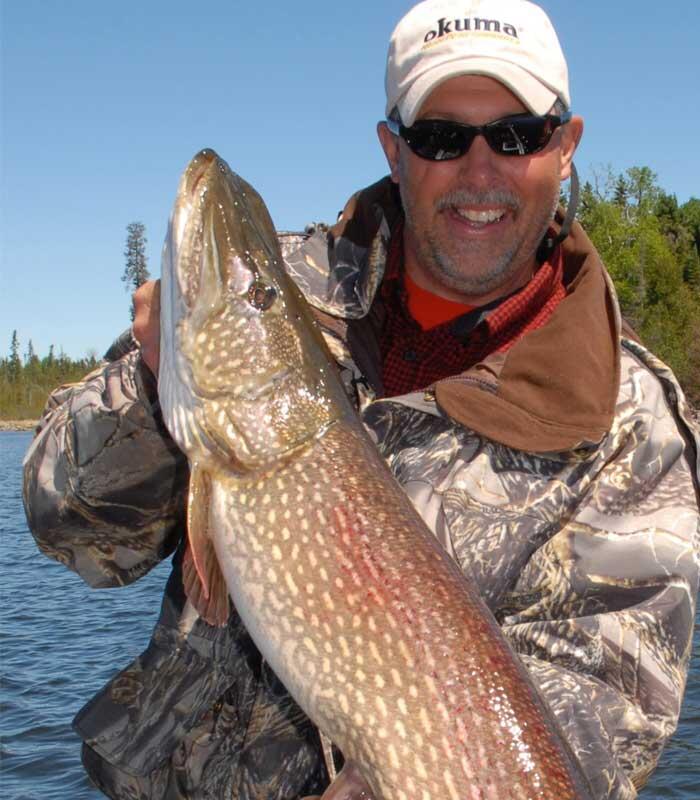
What Dead Baits Are Best?
Any type of large baitfish can serve as dead bait, but some bait types are better than others. Soft-rayed fish that have lots of natural oil in the skin and flesh make the best dead baits for pike fishing. These natural oils leech into the water and help to attract pike that may be cruising in the area. Some of the best dead baits are smelt, alewives, small whitefish, chubs, and the always popular sucker. The easiest dead baits to find are suckers that are readily available at most bait shops.
Generally, suckers are sold alive, but some shops offer dead and frozen sucker minnows, especially for pike fishing. The best way to deal with live suckers is to simply dry them with paper towels, separate them with a sheet of wax paper, and freeze half a dozen in a plastic bag. If the minnows are frozen while wet or touching, they tend to stick together and can be difficult to separate when it’s time to go fishing.
Sucker minnows in the 8- to 12-inch range are ideal for dead bait fishing. Smaller minnows will only tempt bites from non-target fish and smaller pike.
Keep these baits frozen solid until it’s time to use them, then let them thaw about halfway so they are soft enough to stick a hook in. Once in the water, they will soften up quickly. Leftover bait can be refrozen and used again on another trip.
Dead Bait Rigs
Anglers can fashion their own dead bait rigs or purchase them factory-made from manufacturers like Bait Rigs. Most factory-made rigs are fashioned from 12- to 24-inch lengths of 40-pound test 7-strand wire. Some of these rigs feature treble hooks, and others are made using partridge-style quick-strike hooks.
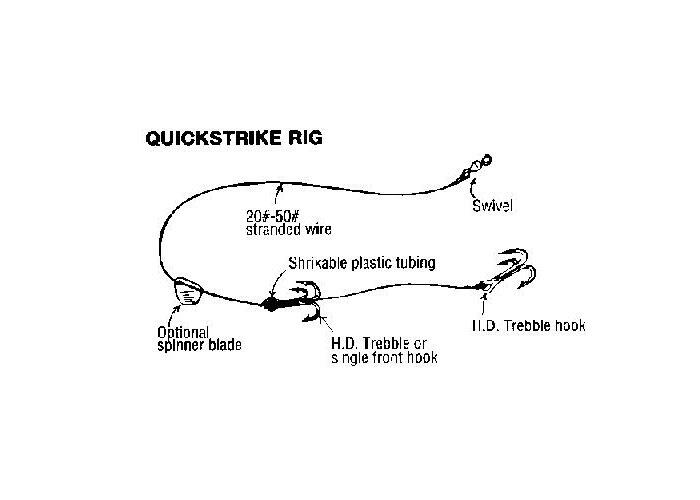
The best hook sizes for pike are 1/0 in partridge style hooks and 2/0 or 3/0 in treble hooks. Using larger hooks increases the number of fish that are hooked and landed. Also, larger hooks are less likely to bite pike deeply in the throat making it easier to safely release fish.
For anglers who prefer to make their own dead bait rigs, Berkley produces the wire, sleeves and swivels suitable for making custom rigs. On a typical two-hook rig, the hooks should be spaced about six inches apart. A good pair of side cutters and crimping pliers are needed to custom-make dead bait rigs.
Dead bait works best when the rig is set up so the minnow hangs horizontally in the water and about 1 to 2 feet off the bottom. If the fishing area has a lot of weed growth, suspend the bait about 1 to 2 feet above the weed cover.
On two hook rigs, one hook should be placed just behind the dorsal fin and the second near the tail. A second option is to place one hook near the dorsal fin and the second on the bottom of the minnow near the head. Since pike tends to swallow their prey head first, this puts a hook at the business end.
Dead Bait and Baitcasting Reels
Fishing dead bait through the ice works best in combination with baitcasting reels that also feature a bait clicker feature. The bait clicker allows the bail to be left open without line playing off the spool. When a fish grabs the dead bait and makes off, the bait clicker feature allows the line to play off the reel with minimal resistance and an audible clicking alerts the angler to the strike.
If your baitcasting reels don’t have a bait clicker feature, simply engage the reel and back off the drag so when a fish strikes it can run with the bait without feeling resistance. Of course, you’ll have to quickly tighten the drag when it’s time to set the hook and fight the fish.
Rigged in this manner, an angler has the advantage and excitement of fighting pike using a rod and reel.
The Spinning Option
Spinning rods equipped with baitrunner-style reels can also be used for fishing dead bait rigs. Rig a piece of drinking straw on the line as described with the baitcasting outfit, and lower the bait to the desired depth level. Baitrunner reels allow the line to play off the reel spool smoothly when a fish runs with the bait.
More Rod and Reel Tips
A rod holder is needed to fish dead bait effectively, and also to keep the rod and reel up off the ice. Some anglers prefer to rig the rod holder on their fishing bucket or sled and others favour a wire rack that rests on the surface of the ice. Both options work well.
The Tip-Up Option
The common tip-up is another popular and convenient way to fish dead bait for northern pike. The biggest advantage of tip-ups is they resist freezing because the line spool is below the water surface. Once a pike is hooked, however, the biggest disadvantage of the tip-up becomes apparent. Unfortunately, the angler must fight the fish hand over hand.
The best way to rig a tip-up is with a 15- to 17-pound test fluorocarbon line that’s invisible in the water. The fluorocarbon can be tied directly to the dead bait leader. This line is very tough, hard to see in the water and, because it absorbs little water, it resists freezing better than braided lines.
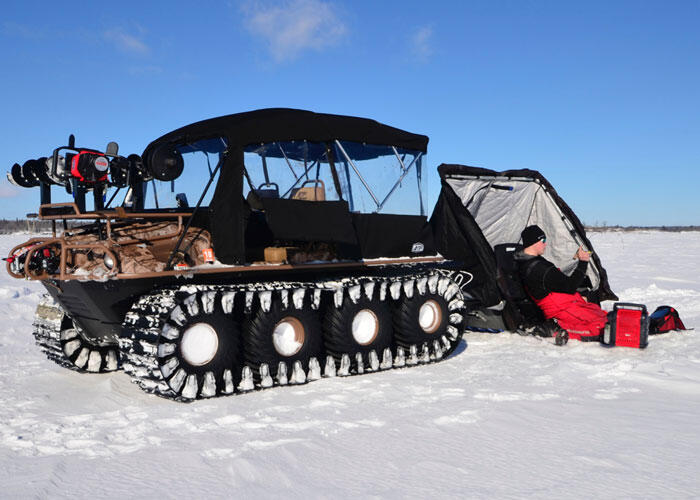
With tip-ups and other dead bait rigs, it’s important to keep extra weights to a minimum. A dead and frozen sucker minnow will actually sink slowly on its own. A small sliding sinker positioned at the top of the dead bait rig will help sink the bait a little quicker. Using too much weight can cause unnatural drag and lead to fish striking, but dropping the bait.
Summing It Up
The most effective bait isn’t always the most active or the one with extra flash and wiggle. In late winter, when pike are exceptionally lethargic, using dead bait will produce bites when other more traditional options fail.
This dead bait trick also works exceptionally well right at ice-out, when pike are concentrated in spawning bays and near river mouths. A big float is required to keep the bait suspended off the bottom.
It’s amazing how well dead bait works. At first, it seems a little strange to kill perfectly good minnows. After all, most anglers have spent a lifetime learning that live bait works best. The truth is live bait does work best, just not on pike late in the winter or at ice out.
Recommended Articles

The Wawa Goose

Lake Superior
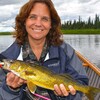
Eye Opener
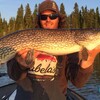
Early Season Pike

Old Woman Bay

Facts About Lake Huron
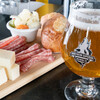
Northern Superior Brewing and Tap Room
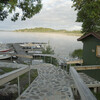
Family Fun at a Fishing Lodge

Robertson Cliffs

Jardin Farm

The Butter Tart
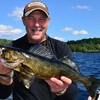
Bringing Home Fish
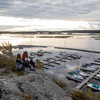
Stop The Car
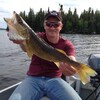
Watson's Kaby Kabins

Got Bison?
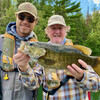
Drive-In Fishing Lodges in Algoma
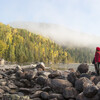
Setting Foot in Group Of Seven Country
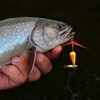
Fishing Knots 101
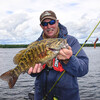
Brennan Harbour Resort
